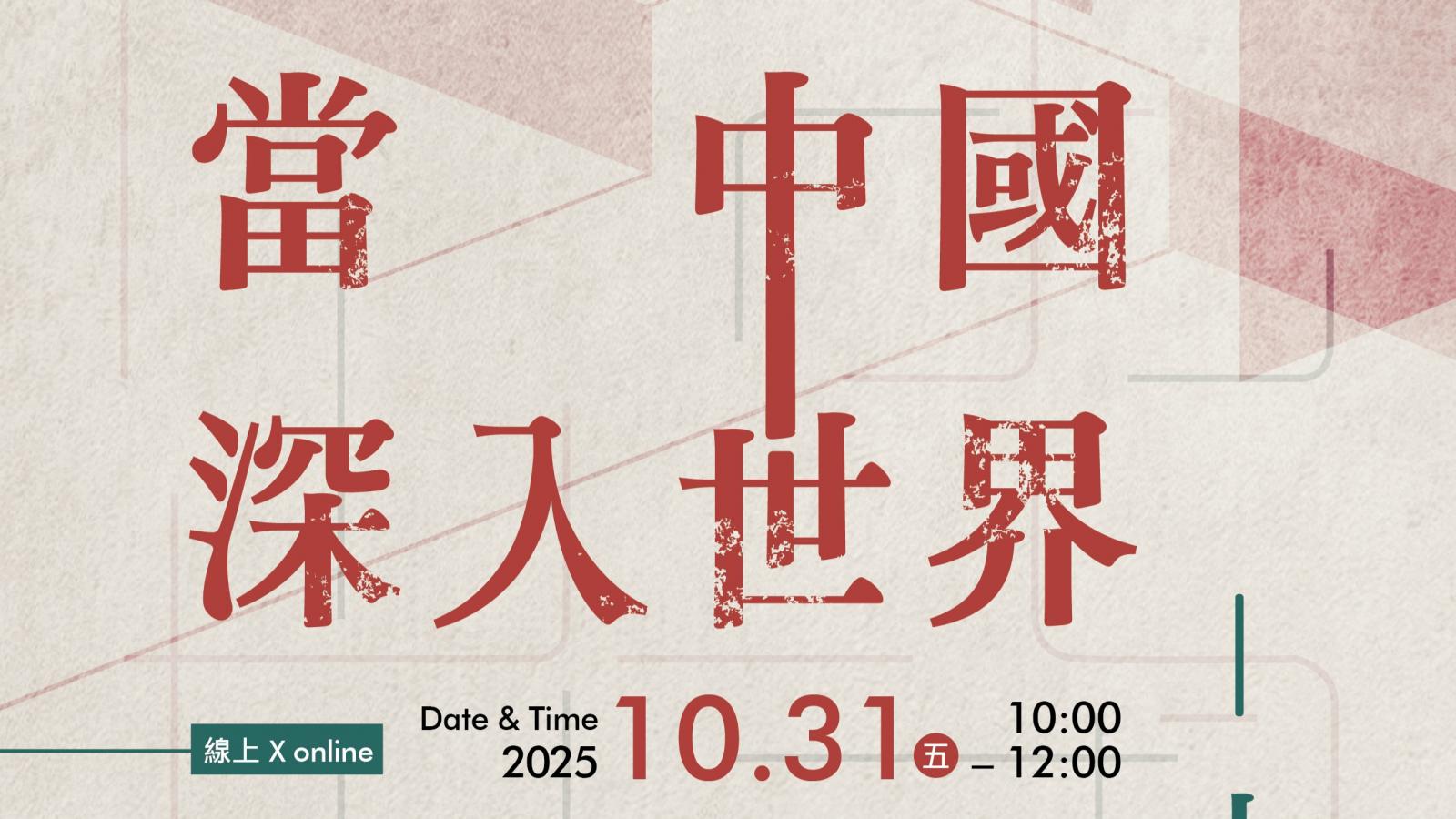

Notes on Exhibition and Narration: Workshop on Museum, Culture and Literature of East Asia
2019-05-20
Notes on Exhibition and Narration: Workshop on Museum, Culture and Literature of East Asia
DATE: Tuesday, April 30, 2019
TIME: 8:00-18:00
VENUE: R225, Education Building, NTHU (Morning)、RC310, HSS Building, NTHU (Afternoon)
On April 30, 2019, The Humanities and Social Research Center and the Institute of Taiwan Literature at Tsinghua University co-hosted " Exhibition and Narration: Workshop on Museum, Culture and Literature of East Asia". The workshop was curated by Prof. Liu, Shu Qin, and PhD. candidate Hsu Shu-Hsien, of the Institute of Taiwanese Literature, NTHU. The workshop focuses on cross-regional and interdisciplinary museum practice researches, cultural image representation, media and modernity narrative in the contemporary East Asian spatial and temporal context. In addition to 18 speakers attending, the workshop also attracted professors and students from and outside the school to attend the discussion.
The morning session started with the opening speech from Associate Professor RYU Yeong Ha from Baekseok University. In recent years, Professor Liu specializes in the study of the Hong Kong Museum of History, focusing on the interpretation of the recurring discourse of the museum from the perspective of nationalism and nativism. In the light of his previous work, his speech addressed museum practice and cultural reproduction in Hong Kong, South Korea, and Taiwan. Professor RYU believes that since 1997, Hong Kong has been incapacitated to tell its own tales and present the status quo to its citizens, but it tends to strengthen Sinocentrism education and ideology propaganda, functioning as a disciplinary institute to educate the local citizens, and manipulate historical narratives. Professor RYU sees the "East Asian Community”, a concept has increasingly drawn focus on East Asian international affairs, as an ultimate solution to the ideological predicament, and nationalist divergence among East Asian powers. However, the museum historical narratives manipulated by political forces have hindered the achievement of common understanding among East Asian countries and shut down the "third space" that transcends binary opposition and reciprocal co-prosperity.
Yang Rur-Bin, a professor at the Department of Chinese Literature of National Tsinghua University, shared the experience as a collector of paintings and calligraphy in the past years. He believes that the significance of cultural relics is not frozen, but generated constantly. The function of art collection is not to stop at beautifying life, but rather to break the inertia of historical narratives. Museum research should make the local cultural relics sound, hand down the traditional culture, transcend nationalist perspective, and take the tide of the East Asian cultural trend to rise again. This is a challenge that Taiwan and East Asian countries must face.
Lee, Wei-I, an associate professor at the Institute of Anthropology at National Tsinghua University, proposed that museums, as a collective imagination field, are often manipulated by the regime as memory institutions. Professor Lee took the approach of chronological form changes of the museums in Taiwan, and addressed four emerging peaks of museums in Taiwan. Further, he analyzed how the nationalist narratives participated in local museums’ presentation. In the 1930s, Taiwan began to build museums all over the country. The Japanese colonial government used the "Local Cultural Education Movement", " the 300-Year Commemoration of Taiwan Culture ", and the construction of local villages and localities to try to trace Taiwan's "long-term history as a colony" in order to justify its colonial rule. From 1960 to 1970, the KMT Government publicized the " The 300th Anniversary of Restoration" and established a number of provincial and local museums, aiming to trace the history of Greater China to Taiwanese culture. From 1980 to the 1990s, the booming localized museums thrived to restore Taiwan's local identity. In the 2010s, local museums’ focus shifted away to diverse topics such as gender, Hakka, LGBT, and local lives.
Shih Chang, a visiting researcher at the Research Center for Humanities and Social Sciences, NTHU and a Ph.D. student in Asian Cultural Studies at the National University of Singapore, illustrated that the National Museum of Singapore is committed to demonstrating the country's advanced modernization, technological competitiveness, elite immigrant society, and multi-ethnic culture. The Singapore government is actually announcing to the citizens and the international society its imagination and expectation of national citizenship: both nationalism and cosmopolitanism are indispensable.
Chen, Jui-Hua, an associate professor at the Institute of Sociology at National Tsinghua University, delivered a talk on how the Chinese Emigrants’ complex identity is interpreted by taking the case of Chinese Overseas History Museum of China. The presentation analyzed the cultural and the accompanying political, economic, and diplomatic functions of the overseas Chinese museums established by China from the central to the local. The first overseas Chinese museums in China was built in Xiamen in the 1950s. At that time, the "Overseas Chinese" was not the object of display, but the subject of the exhibition. In the 1990s, the local government endeavored to attract overseas Chinese capital and used " the hometown of ethnic Chinese " as a local cultural resource. In the 2010s, with the construction of Chinese Overseas History Museum of China the overseas Chinese museums have targeted promoting the “Belt and Road Initiative”, assisted the overall strategy of national development, signaling the desire for outreach of China’s political and economic influence. In the discussion with the audience, Professor Chen further analyzed the meaning of "falling leaves to the roots" in the nationalist perspective, that is, the efforts to incorporate overseas Chinese identity into this country’s cultural force.
Afterwards, the workshop went to an exhibition curated by Preparatory office of NTHU Museum, "Transformative Age: Ukiyo-e Featuring 1894-1895 Sino-Japanese War", and listened to a report combined an informative guide to the exhibition by Ma, Meng-ching, Director of the preparatory office. Ma demonstrated how the Ukiyo-e art pieces during Sino-Japanese War interpreted war through a folk perspective, with new aesthetic styles and new technologies.
In the afternoon's agenda, nine graduate students from National Tsing Hua University and National Chiao Tung University responded to the workshop theme with interdisciplinary and multi-angle views on their own concerns, followed by an enthusiastic discussion. The first presentation was moderated by Gu Zhenhui, focusing on cultural relics collections, museum representation and cultural images from the perspective of East Asia. Wang Wei Jia used Jade Y. Chen 's works to trace the writing traditions of female writers living abroad, paying attention to the tendency of women's self-orientalization. Wang Tingcun considered that though the Manchurian writer Mu Ruga's Fu Zhao Chuang Ye Ji appeared to cater to the Japanese colonial "Manchuria", it actually implied a reconstruction effort of Manchurian nationalism, forming a statement of "same bed, different dreams " with Japanese colonization. Liu, Ting Chang threw a light on Lin Hsiung-guang, a collector of the Japanese occupation period, and mapped the Banqiao Lin Family 's multinational collection network. CHIANG, HSIN-YI paid attention to the challenges faced by the Lo-sheng Sanatorium, highlighted the path of human rights restoration. Chen, Hsiu Lin gave a demonstration of the multi-form exhibitions on the February 28th Incident, which reproduce the memory construction function of relieving historical opposition and healing historical trauma. In the interactive commentary session, Prof. Wang, Yu-Ting inspired to stay alert to the self-infantness and self-Orientalization tendency in female writing; Hsu Shu-Hsien reminded the audience that Lo-sheng Sanatorium opened up a discussion of medical history; Prof. Chen, Jui-Hua believed researchers should be fully aware of the writer's initiative and autonomy, as well as their relationship with nationality, and look for aesthetic characteristics in different art practices.
The second session of the afternoon was mainly focused on media action and modernity narratives, which was moderated by Ye Yu Zhe. Hu Ming raised the concern about the secret left-wing reading of the “aboveground” and "underground" effects during the early post-war Taiwan. Lu Cheng-Kuan used three hero stories to illustrate key factors in folk legends’ transformation, and the potential of the anti-colonial modernity possessed by folk legend and ballad. Eng, JooAnn continued with how the medical advertisement in Penang Sin Poe deconstructed the image of the sick man in East Asia, so to construct the image of the "Nanyang people". Wu Wen used the topology method to analyze Taiwan’s "node" position as the intersection of Sinophone literature. During the discussion, Professor Shu-Chen Chiang reminded the audience of the non-linear characteristics of history, while Professor RYU Yeong Ha stressed the noteworthiness of serious wording.
The workshop was summed up by Prof. Liu, Shu Qin. She restated why Taiwan literature study should be situated in East Asian context. As a closing speech, she summarized the inspiring thinking of museum researches in the current East Asian discourse delivered in the morning session, and guided the participants to draw on the multiple methods empowered by East Asia perspectives.



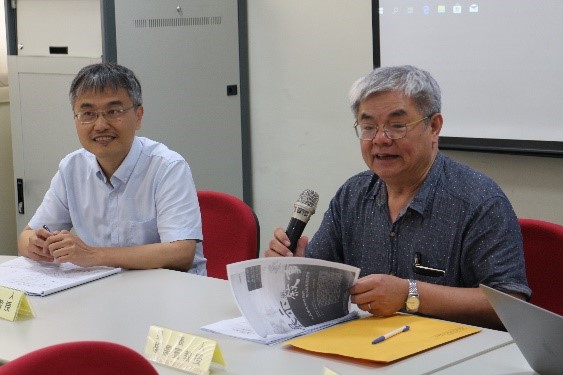
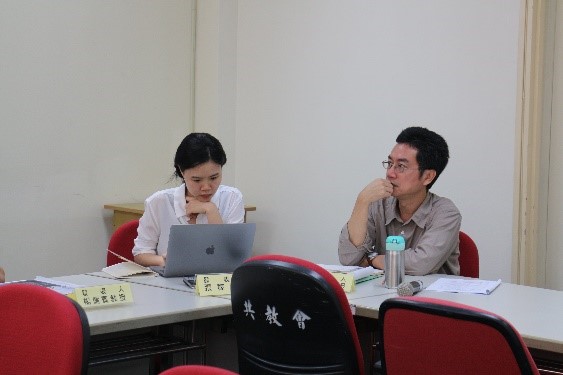
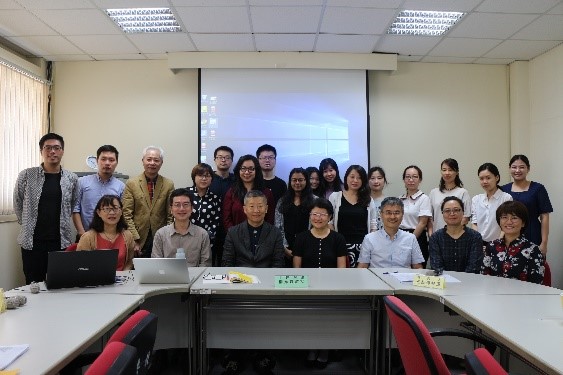
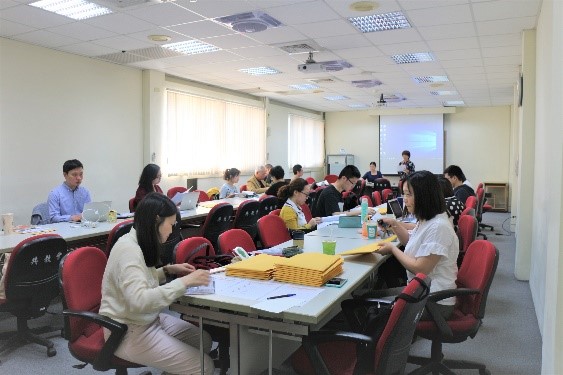
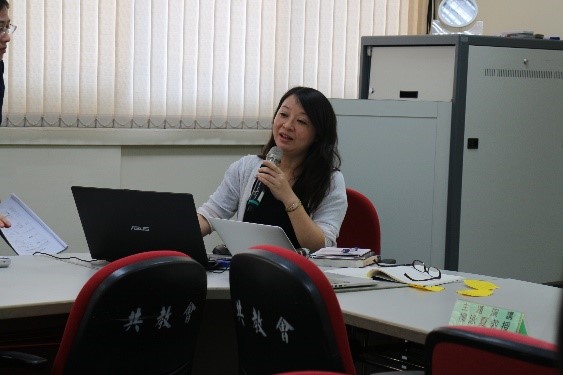
近期新聞 Recent News
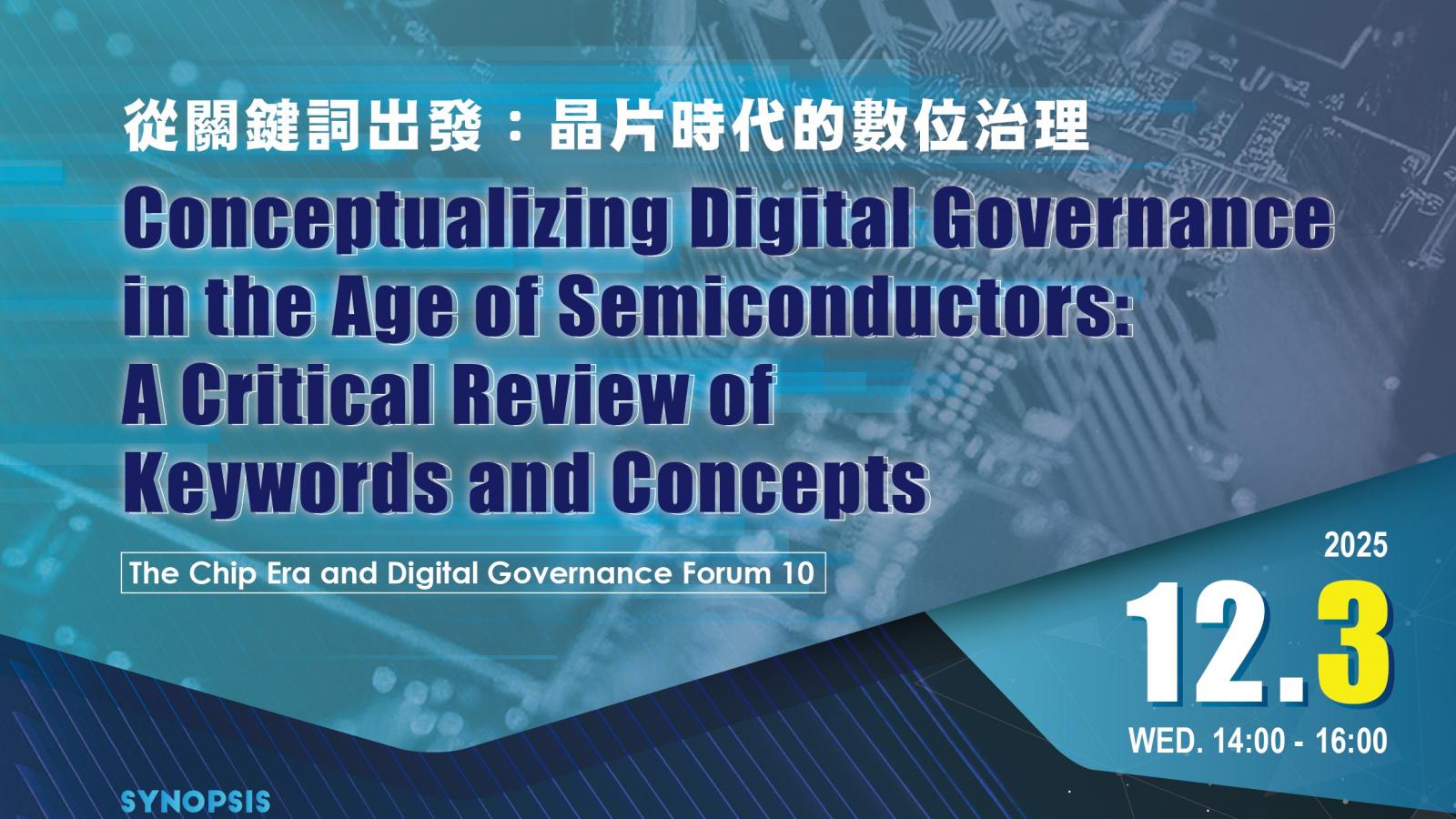
Report|Conceptualizing Digital Governance in the Age of Semiconductors: A Critical Review of Keywords and Concepts
2025-12-03
more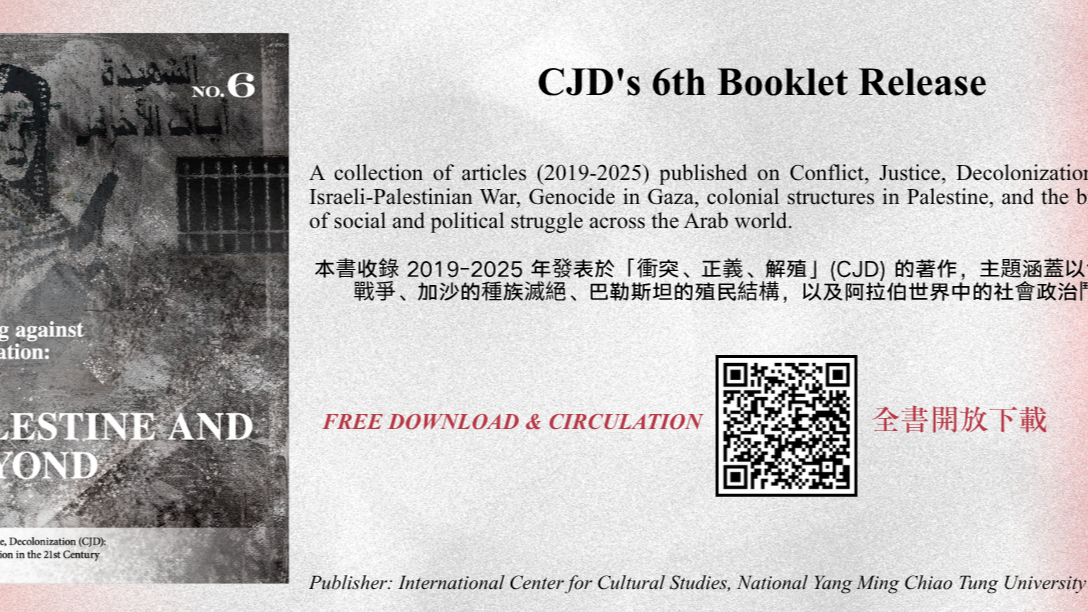
New Publication | Writing against Occupation: Palestine and Beyond (CJD Booklet No.6)
2025-11-12
more